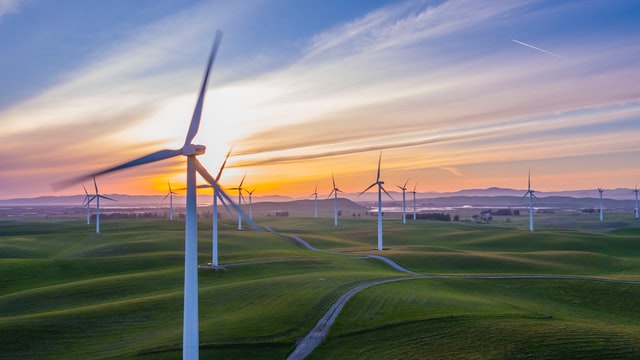
- Sustainable Planet -
- 10mins -
- 1,849 views
Debunking the 4 main myths about wind energy
While wind energy might be the simplest renewable energy to understand, there remain some major misconceptions about the wind industry—today we try to uncover the truth.
The 4 most common urban legends about wind energy demystified
With the numbers of wind turbines projected to grow in the coming years, it might be good to be aware of a few myths that are still blowing around. Here, we take a look at the 4 most common urban legends that we have encountered about wind energy, then we make a quick fact-check on each, which we substantiate with corresponding highlighted links. Finally, a few images of turbines and some fun facts about wind power.
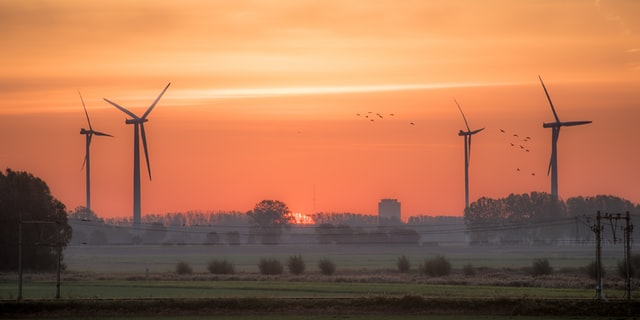
Myth #1: wind turbines kill birds
While this one is actually true, the problem is nowhere near as bad as some people claim. The facts (observed in numerous studies carried out in various places where there are wind farms) show that the main causes of bird deaths are impacts on the facades of glass skyscrapers and attacks by domestic cats, and at the end of the tables appears wind power. In between there are several other causes, such as collisions and electrocution in high voltage networks and collisions with vehicles, pesticide poisoning and so on.
According to LiveScience, the widespread impression that all turbines are dangerous to birds comes from Altamont Pass Wind Resource Area in California. This was one of the first big wind farms, and unfortunately it was placed in a migratory bird pathway.
In addition, Altamont’s 4,800 small wind turbines — many installed in the early 80s — have rotors low to the ground and packed close together, which may be why more than 1,000 birds (half of which are raptors) die there each year.
Newer wind farms report fewer bird deaths probably because the turbines are taller and spread further apart. And for comparison’s sake, studies show that many more birds die colliding with cars and buildings than die in turbine blades.
All reputable international organisations have arrived at similar conclusions: compared with other high-rise structures or other types of energy generation, the mortality rate for birds from wind turbines is much lower. According to a Danish study, the number of birds that are killed per gigawatt hour of electricity generation is: 5.18 for fossil power plants and 0.27 for wind turbines.
Offshore, the problem is hardly relevant, because migratory birds fly much higher than wind turbines.
German power supplier Eon say that the operators of wind farms take these issues seriously, including passive protection measures such as proper planning and observing bird flight paths. Active measures are also increasingly applied by supporting bird conservation activities such as the construction of artificial nests.
Evwind report that in certain sensitive migration areas, wind turbines are equipped with devices that detect birds and stop the machine. Previous environmental impact studies and their corrective measures serve to avoid the risk of these mishaps.
Hermann Höcker from NaBu (Nature & Biodiversity Conservation Union): “It really depends on the location. At 80 to 90% of all wind parks, bird collisions are not a problem.”
Related Links
- Looking out for our avian neighbours
- Fact check: American Bird Conservancy overlooks how wind energy protects wildlife
Sources: eon | LiveScience | Evwind
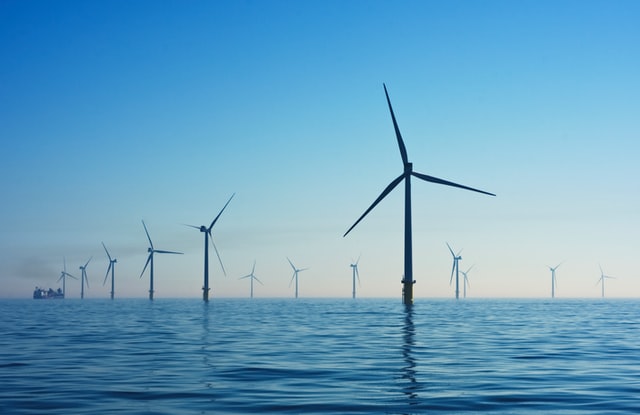
Myth #2: Wind isn’t that environmentally friendly
One argument against wind power has been that there is as much CO₂ produced in the production of wind turbines as you could save while running them. However, according to NewScientist, several studies by independent research institutes have shown that wind turbines alone are champions in the reduction of CO₂. Depending on the examined wind farms, the amount of CO₂ generated by the construction has already been saved after 3-9 months.
Several wind turbine life-cycle assessments have been undertaken and are available online, say NewScientist. An onshore wind turbine can be expected to repay this energy debt in between about six and nine months of operation.
Offshore wind turbines take a little longer, their marginally higher generation outweighed by the extra steel needed. Beyond 30 years, even with refurbishment if necessary, the energy return on investment just gets better.
Another query raised is “What about rare metals such as neodymium?”
Permanent magnets, which are used in many electric motors, including turbines, require rare metals such as neodymium. These types of magnets can be up to 10 times as effective as normal iron magnets. Many companies, particularly from the automotive industry, are conducting research into a replacement of these expensive rare metals, which is in their own economic interest.
But a counter-question might be: Rare metals are found today in mobile phones, laptops, cars and planes. So why is there so much criticism towards wind turbines on this one issue?
Related Links
- Material research and raw materials: looking for powerful materials
- Neodymium: rare and powerful
- Comparative life cycle assessment of 2.0 MW wind turbines
Source: NewScientist
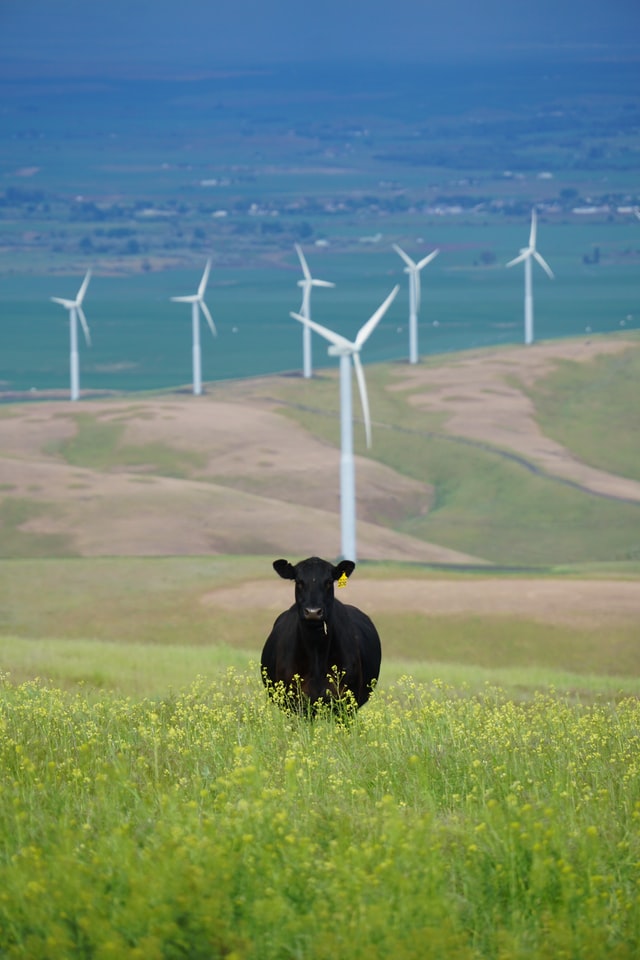
Myth #3: wind power is bad for your health
Despite numerous discussions, particularly in Denmark and Germany, to this day there is not a single scientific study that has demonstrated that infrasound is harmful to humans.
Nevertheless, operators and authorities take this issue seriously. The minimum distances from buildings have been expanded in some states. The manufacturers of turbines are stepping up research in the area of low-noise rotor blades, such as the trailing edge serrations method, or new techniques such as rotor free vortex turbines. Most studies come to the same conclusion: direct physical impairments are not measurable, but probably psychological – caused by the fear of new technologies.
For Evwind, Josep Puig i Boix, a professor of energy at the UAB and founder of Ecotècnia, wrote: ‘Among the other myths that have spread around technologies for the use of wind, there are some very curious, such as those that say that wind turbines affect health. If this were the case, the inhabitants of many areas of the planet that have hundreds of wind turbines in operation since the 1990s would be ill, which has not happened.’
Related Links
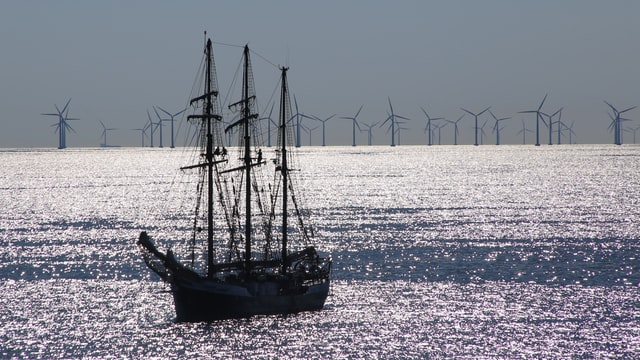
Myth #4: Wind is not reliable and needs to be backed up by conventional generation
Granted, a wind farm does not provide electricity 24/7. In the planning of wind farms, however, the past experiences have shown that current offshore sites now generate around 4,000 full-load hours per year for the turbines – mathematically, this means that they run “full throttle” nearly 50% of the time.
We are currently in a transitional phase of the ‘energy transition’, say German power supplier Eon. This fundamental change cannot be accomplished in a few years and conventional power plants are still required for the base load. There are two areas where reliable supply will see definite improvements in the future: 1. smart grids will be able to distribute excess electricity better, and 2. storage solutions will be able to save power from wind to be used when it is needed.
Two interesting solutions include power-to-gas technology, and the Blue Battery project, which is a pumped-storage power plant in Norway that can store excess wind power from offshore wind farms.
No power plant is 100% reliable, say the National Renewable Energy Laboratory. During a power plant outage—whether a conventional plant or a wind plant—backup is provided by the entire interconnected utility system.
The system operating strategy strives to make best use of all elements of the overall system, taking into account the operating characteristics of each generating unit and planning for contingencies such as plant or transmission line outages.
The utility system is also designed to accommodate load fluctuations, which occur continuously. This feature also facilitates accommodation of wind plant output fluctuations. In Denmark, Northern Germany, and parts of Spain, wind supplies 20% to 40% of electric loads without sacrificing reliability. When wind is added to a utility system, no new backup is required to maintain system reliability.
Related Links
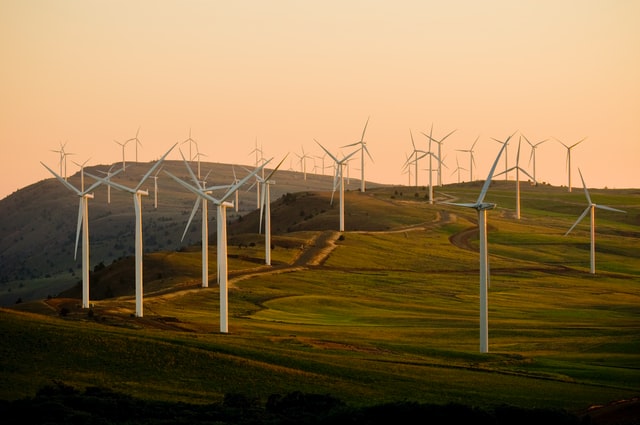
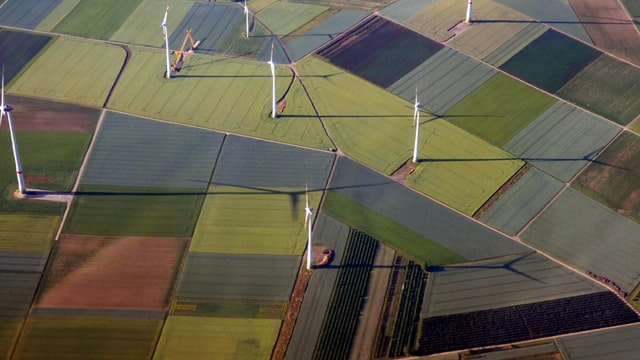
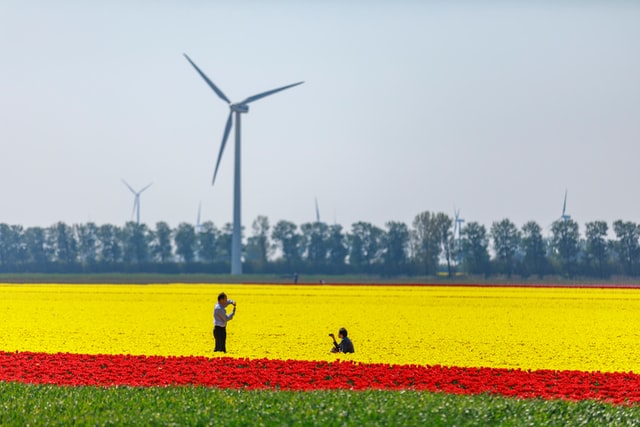
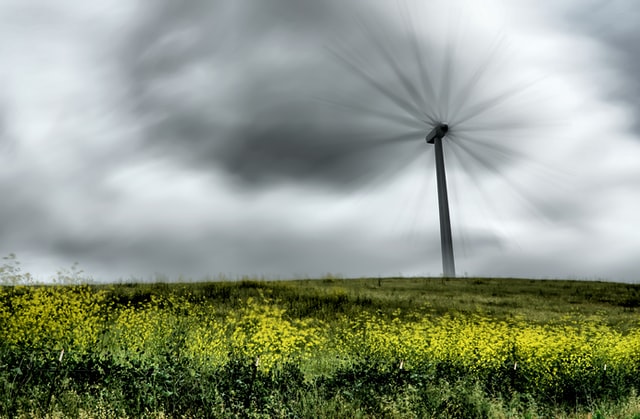
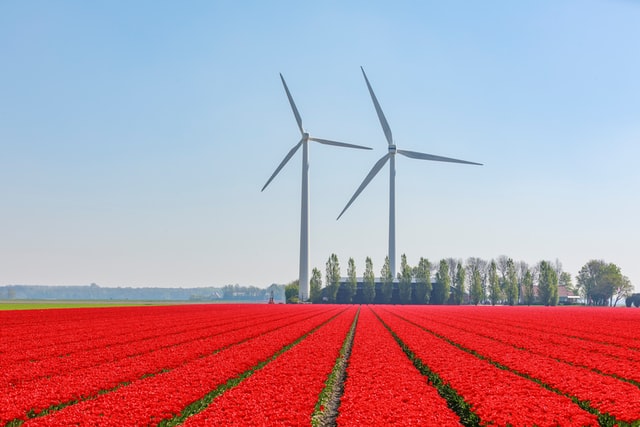
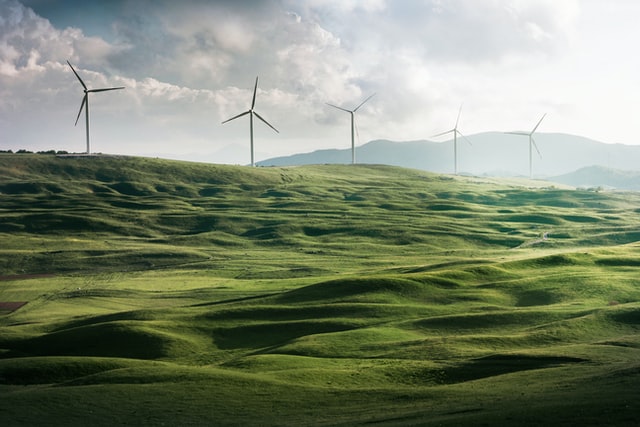
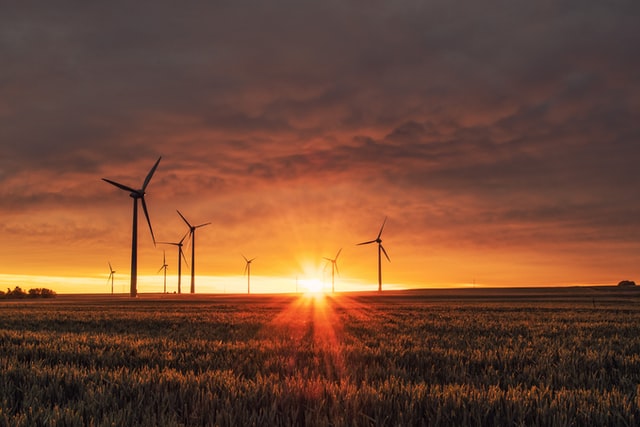
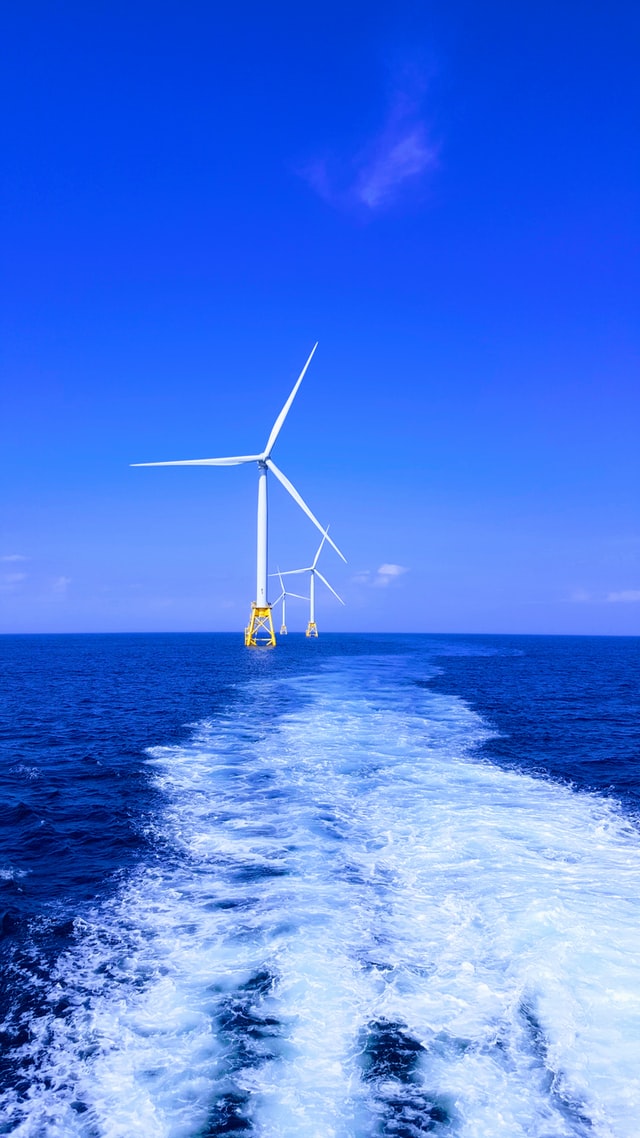
2004 to 20,000 in 2010, with an estimated additional 14,000 manufacturing jobs planned. (Policy decisions/changes may affect this number.) Source: Unsplash/Shaun Dakin

